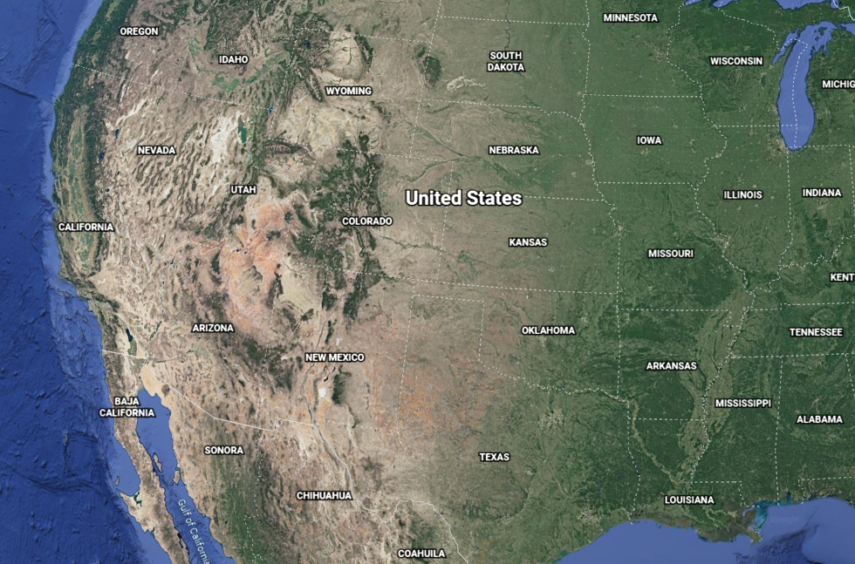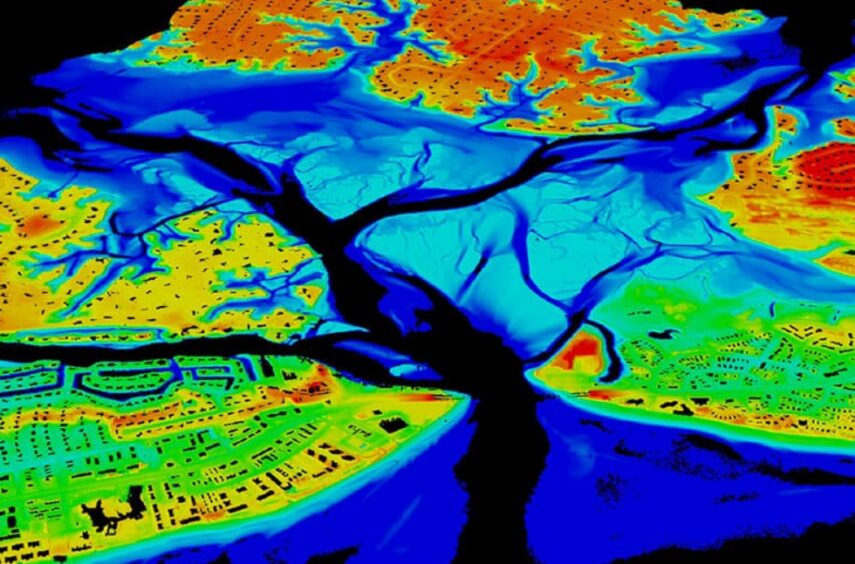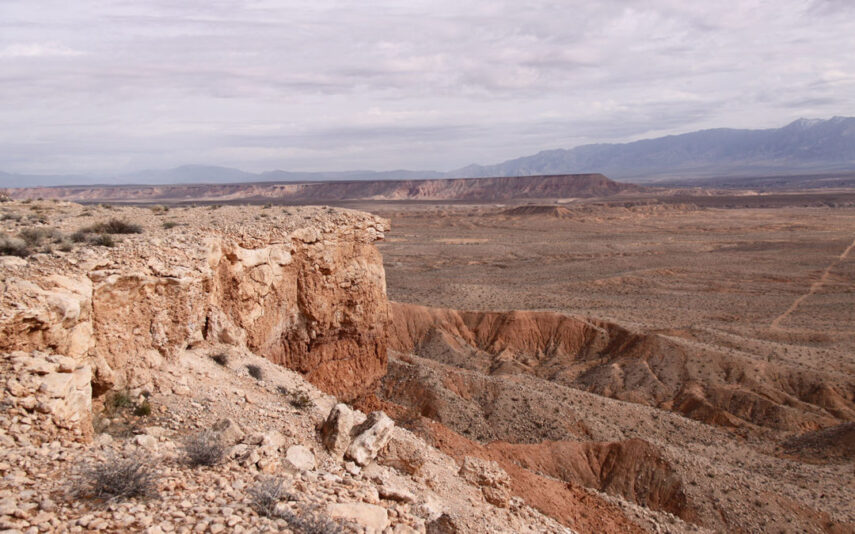New technologies are growing steadily, and when it comes to the field works, the latest inventions are crucial because they have plenty to perform for critical extraction activities. And yes, these are archaeologists and paleontologists who need such devices the most. But before moving on to what are the new inventions in use, let’s consider whom we are talking about?
Archology refers to the study that recovers human cultural activities by analyzing cultural artifacts, jewellery, cultural landscapes, ecofacts, architecture, etc. So, the person who is involved in the study of archaeology is called an archaeologist.
While the study of paleontology is also associated with a similar aspect, the difference is that it involves the study of fossils through the evidence of organisms’ remains.
Therefore, this article is concerned with the use of the latest techniques in archaeology and paleontology.
Google Earth

Of course, you can jump to any place using Google Earth, which is, in fact, a marvellous technology. Through this app, users can view remote corners of the world and zoom in and out of a spot for better analyzing a place. However, to be very precise, the technology is not very new because it has been in use since the 1930s; however, things have changed in the last 90 years. The places have transformed, and the Google App gives a much better and highly refined view of a place. Therefore, both archaeologists and paleontologists can analyze a spot for their next extraction. But of course, they should study more facts before moving to the location.
3D Technology

3D laser technologies can be used in analyzing the extracted objects and sights to view a full image of the location. However, using virtual reality, you can explore the place in detail, such as you can drag and move around at all the possible angles.
As you know, 3D and VR technologies became so common these days that they’re even used in games and entertainment as provided on Vulkan-Bet. It is clear sample how much the technology improved compared to the period of only ten-fifteen years ago.
LIDAR

LIDAR, which stands for Light Detection and Ranging, is the latest technology that presents a three-dimensional map for the surface of the Earth. And the big thing is that it is a time-saving machine! So, compared to 1799 machines of hachures that needed huge labour, LIDAR is considered a divine option. We must say that this machine works like a pro, as its scanner is directed horizontally and vertically. The machine is provided with a GPS too and generates a point image at the surface. Moreover, this machine can also detect the site of archaeology and paleontology from the vegetation.
Shallow Geophysics

Recently geophysics has been a popular trend, and it has implemented different techniques used in various fields. For example, magnetometry measures Earth’s magnetic field, and magnetic patterns of archaeological bodies can be found using this technique. The latest magnetometers contain high-defined sensors that are used to trace the objects in less time actively. Also, soil resistivity is another technique that uses electric flow. Using the depth of soil, it studies moisture, and deep laying structures could be analyzed. For this method, a probe is inserted at regular intervals, bringing accurate details for the observers.
Soil Geochemistry

Anything mixed up in the soil becomes a part of it, and things like the feces of living beings in the soil could be studied after millennia. For example, it could be done by analyzing the heavy metals that the soil contained at the ancient sites. So, the samples from the site are carried to the labs and studied under pXRF or X-ray Fluorescence Spectroscopy Measurers, which are now available across the globe. It functions by bombarding X-rays on an atom from the sample, which absorbs this energy and then releases its own unique energy in the form of secondary x-rays. It is how the information is recorded.
Different Microscopes
| Method | Lateral Resolution | Analytical Targets | Samples |
| Micro-XRF | 18 to 100 µm | Works best for the trace element.
Using it quantification is possible. |
Might be rough for the flat surfaces.
Has less than 1cm outcrop roughness. Contains standard thin sections. |
| Raman Microscopes | 250nm | Deploys a technique of molecules with Raman scattering phenomena | Best for flat surfaces
Rock chips Standard thin sections |
| Electron Microscopes
EDS on Scanning |
Microns | High performance with the light element.
Detects major elements. Traces some light elements. Quantification is possible. |
Vacuum Required.
SEM Mount Coated and polished ultra surface. |
| TKD/EBSD | <2nm | Crystallographic of minerals | Electron Transparent Samples
Highly polished thin section |
| FTIR Microscopes | 2-10 µm | Functional Group, i.e., C-H-O | Thin sections
Smooth and Polished surface |
| Electron Microscope
Transmission via EDS |
Nanometres | Few trace elements,
Major elements, Best performance for light elements. |
Preparation of categorized TEM lamina sample |
Final Thoughts
Recent technologies have made the work of archaeologists and paleontologists easy so that their excavation activities do not go in vain. For example, using the laser and X-rays, these scientists can know what they are going to get from the earth and therefore, this saves their time from aimless digging of the different places. Moreover, the aerial view using Google Earth is a positive aspect because exploring the sites around the world can give the scientists idea of what could be their next destination and what remains they are going to uncover from the earth.







